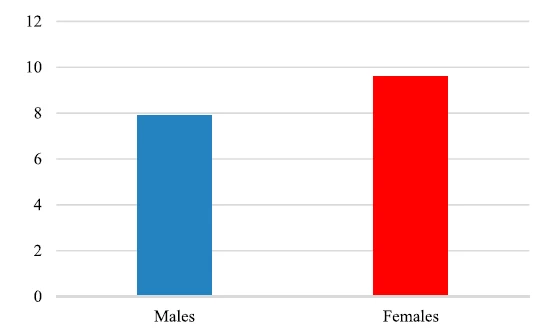The national budget is the primary document through which governments present their plans and the resources, including taxes, they intend to collect to fund them.
Many countries present both national and sectoral strategies that identify policy priorities to be funded through the budget. For example, the health sector could include details of policies to provide vaccination on a range of diseases and details of citizens' access to specific healthcare services.
A government's inability to implement the national budget as planned could be a sign of lack of capacity to forecast revenues and expenditures adequately or an inability to properly cost financial impact of government policies, or quite commonly a mixture of all of these issues.
However, in many cases the reason why governments are unable to execute budgets as planned could be, at least partially due to exogenous factors, such as natural disasters, armed conflicts, or increased level of migration flows.
The Sustainable Development Goals—target 16.6—recognize that providing a sound basis for development requires that government budgets are comprehensive, transparent, and realistic.
This is measured through the Public Expenditure and Financial Accountability (PEFA)[1] indicator that assesses the difference between planned and actual budget expenditure in countries across the world.
Since 2005, 147 countries and 178 subnational governments have carried out a PEFA assessment, with national spending more likely to be on target than subnational spending.

Nearly two-thirds of countries that have had a PEFA assessment at the national level were within ten percentage points of their original budgets, and around half of those were within five percentage points. However, more than a tenth of countries deviated by more than 15 percentage points.
There are key differences between countries across the regions. Countries of Europe and Central Asia (ECA) seem to have most success in achieving their planned revenue, expenditure, and balance targets. Over 75 percent of countries in ECA were within ten percentage points of their original budget expenditure targets with two thirds of those within five percentage points.
Similar results have been achieved in East Asia and Pacific and in Latin America and Caribbean, however, with a lower percentage of countries within five percentage points. Implementing realistic budgets remains a challenge in Sub-Saharan Africa where only one fifth of countries managed to implement the budget within five percentage points.

Papua New Guinea is a good example of how improvements in the credibility of government budgeting can be tracked over time. In this example, the government has managed to improve the budget credibility as compared to the previous PEFA assessment which indicated a deviation of more than ten percent.
The government's efforts to establish a sound framework for fiscal policy and transparency, together with legislation for managing natural resource revenues has been a contributory factor. The PEFA assessment guided the PNG government in the development of an action plan and reform program 'PEFA Road Map 2015—2018' that primarily focuses on enhancing fiscal transparency and accountability.
At the subnational level, governments have found it more challenging to implement their budgets in line with authorized plans as compared to the national level. Ranging from large states in Brazil to small municipalities in Croatia, almost half of the 178 local government budgets surveyed in 34 countries deviated by more than 15 percent from the original budget, and only one in seven subnational budgets was within 5 percentage points.

The link between national and subnational performance is not systematic. But Ethiopia and South Africa are good examples of where the majority of subnational and national budgets were very close to the ones the legislature approved.



Join the Conversation